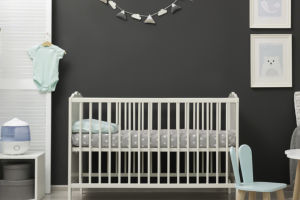Selecting the right tiles for a bathroom is crucial from both an aesthetic and functional standpoint. Choosing the appropriate ones may seem trivial, but it is not entirely so.
Each room should be assigned the correct tiles, with the most suitable material in mind, considering characteristics such as resistance, slipperiness, and ease of cleaning, as well as color and design.
From the floor to the walls, the surfaces we choose can have a significant impact on the room and allow us to impart a personal touch to the environment.
Beyond aesthetics, practicality should never be overlooked. Tiles should be selected based on their resistance to humidity, stains, and daily wear and tear. Opting for high-quality, water-resistant materials will not only enhance durability but also simplify maintenance, making cleaning routines more efficient and prolonging the beauty of the bathroom over time.
Considerations for Tile Selection
Planning and considering various aspects are essential when selecting coverings: the bathroom's dimensions, materials, budget, and more. While it may seem like a daunting task, with a few precautions, the results can be surprising. Let's explore some advice for tackling this choice.
Tile Sizes
One of the first things to consider when choosing bathroom coverings is the size of the tiles: large, small, or mosaic? Evaluate your bathroom's size and ceiling height.
For instance, large tiles can make a space appear larger. Different tile types can be used in the bathroom for wall cladding, flooring, and shower space covering. The size will vary depending on the location. Opt for coordinated sets, even with different widths but made of the same material, such as ceramic and porcelain, with the same finishes. Continuous sets will provide a sense of uniformity to the bathroom while avoiding banality.
Consider Tile Height
How high should the tiles go in the bathroom? A fully tiled wall will give your bathroom a modern look. For a more classical appearance, you can stop at three-quarters of the wall height.
Tile Colors
The shades of tiles can, in various ways, alter the room's characteristics. Undoubtedly, the current trend in interior design tends to favor neutral effects, sober palettes, evergreen whites, icy grays, and woods. However, it also leaves room for imaginative patterns if used sparingly and without mixing.
Lighting and Tile Finish
The choice of tile finish plays a crucial role in how the bathroom appears under different lighting conditions. Glossy tiles reflect more light, making small spaces feel brighter and more open, while matte finishes offer a more subdued and elegant look.
If your bathroom lacks natural light, opting for lighter tones and glossy surfaces can help maximize brightness. On the other hand, a matte or textured finish can provide a sophisticated, modern feel, adding depth to the overall aesthetic.


